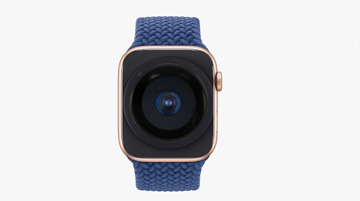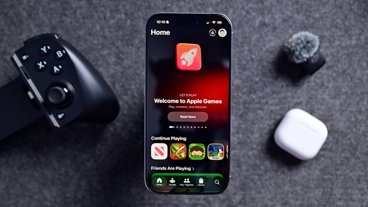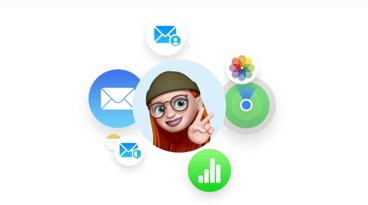Apple's latest research shows that using a combination of Apple Watch sensors and all Apple Health data, results in a remarkably accurate pregnancy detector.
From its most recent academic paper from its Heart and Movement Study, Apple researchers have been testing how combinations of factors can be used to determine health, and most effectively, pregnancy. "Beyond Sensor Data: Foundation Models of Behavioral Data from Wearables Improve Health Predictions," is broadly about all health sensor data that can be measured through devices such as the Apple Watch, and then combined.
It's a development of the study's previous research into topics ranging from menstrual cycles to hearing loss. But one result from the paper is that combining wearable sensors with physical measurements such as step counts, can make for a pregnancy detector.
"The combination is remarkably performant for pregnancy prediction," says the paper. "[This is because pregnancy] results in substantial changes in both the underlying physiology of an individual, as tracked by raw sensors, and substantial changes to an individual's behavior, as measured by derived metrics like exercise minutes, step counts, and gait."
According to figures published in Apple's paper — which has yet to be peer-reviewed — researchers say they were able to predict pregnancy with a 92% success rate. Using the same procedures, diabetes was predicted 82% successfully, and general infection was 76% successful.
The researchers worked with data from contributors to study "the 430 pregnancies ending in a vaginal or cesarean delivery from 385 unique participants." That data was compared with "24,225 female participants younger than 50" who were not pregnant.
It took a week's worth of data from each of these women, because the study combined data over time, as well as over multiple device sensors.
"It is well known that many health metrics change during pregnancy, some of which are directly measurable by wearables, such as resting heart rate and HRV," continued the paper.
"Hence, prediction of whether or not a week of data is from during a period when a participant is pregnant is a health state that should be detectable by our models," it says.
The paper also notes that the prediction requires data that is gathered "at the temporal resolution of human behavior (e.g., days and weeks,)" rather than solely the second-to-second measurements made by wearable devices.
Although, separately, it was one of those types of immediate measurements that meant an Apple Watch was able to save the life of a pregnant woman in 2023.
-xl-m.jpg)






